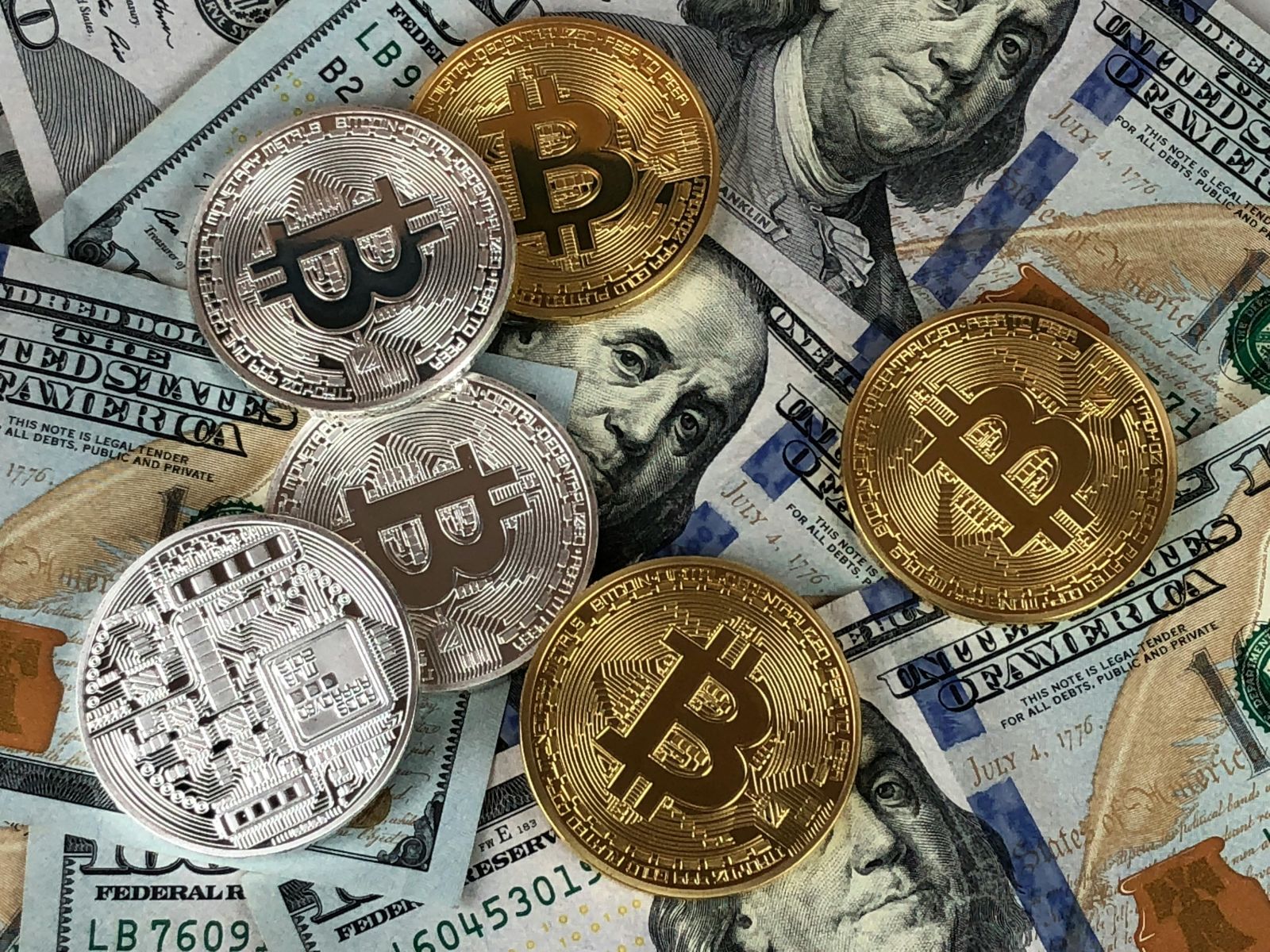
- Will the political uprising in Brazil have an effect on the value of that country's currency, the real? A look back at history shows us the US dollar didn't do much during the January 2021 riot.
- Fundamentally, I've made the argument global currencies are not THE deciding factor when it comes to global export business, particularly following Russia's invasion of and war against Ukraine.
- Exports are a function of who has supplies available, highlighting once again the idea ag production markets are at their core weather derivatives.
This past weekend, I watched along with the rest of the world as a mob of right-wing Brazilian rioters stormed that country’s Congress, Supreme Court, and presidential palace. The scenario was similar to what was seen in the United States two years prior, and if initial reports are to be believed (always a question these days) many of the players responsible for the US insurrection had a hand in Brazil’s uprising as well. My thoughts on the politics behind all this are well known, so I’ll set that subject aside for another day. Instead, I want to focus on a question that was sent me Sunday evening asking, “If the (Brazilian) real weakens, does that make Brazil’s grain cheaper on the world market? Or is it a relation between the real and the US dollar?”
Let me begin by saying: When it comes to grains and oilseeds, for the most part the relationship between global currencies and demand is overstated. This fact was enhanced by Russia’s invasion of its neighbor and sovereign country Ukraine almost a year ago (Oddly enough, also likely tied to the anti-government insurrections in both the US and Brazil.), with buyers looking to source supplies from whatever country has available stocks. Generally speaking. Here’s how I see it:

- Corn: The US is the world’s largest producer, user, and exporter of corn. This means the world tends to come knocking on the US’ door when it needs supplies. Not this year though, as 2022-2023 total sales (total shipments plus unshipped sales) were a disappointing 856 mb near the end of December, 47% behind the previous marketing year’s reported 1.614 bb. The pace of shipments projected total exports of 1.642 bb as compared to last year’s reported shipments of 2.353 bb.
- Soybeans: It’s a 3-country market with China the world’s largest buyer and, thanks to a Twitter-driven trade war that for some reason is still in place, Brazil it’s main supplier. The US has dropped to a secondary supplier. The December WASDE numbers showed projected Chinese imports of 98 mmt, with Brazilian exports expected to be 89.5 mmt as compared to the projected US exports of 55.7 mmt. The bottom line is China isn’t overly concerned about global currencies, outside of how it can influence them.
- Wheat: The most global, and political, market of them all. Wheat can be grown on nearly every continent, with politics and history playing as large a role in who buys what from whom as the value of respective currencies. Still, if there is a market where the value of the dollar can hurt sales it is wheat. We’ll see if this holds true when Ukraine’s 2023 crop is dramatically reduced once again.

A look at the long-term monthly chart for the US dollar index ($DXY) shows the greenback was under pressure from March 2020 through the early January 2021 low of 89.20. However, after President Biden was inaugurated the $DXY started to firm, completing a bullish spike reversal that month that began the long-term uptrend that lasted through the September 2022 high of 114.78. The Brazilian real (BRLUSD) remains comatose, for now, holding near 0.19 (US$), not far from its historic low just below 0.17 posted during May 2020.

A look at the Big 3 Soybean Market chart (based on WASDE data) we see Brazil’s exported declined despite a historically weak real while US exports have struggled this past year despite the dollar weakening. This highlights the fact soybeans, like the other ag production markets, remain weather derivatives. When Brazil has a big crop, its exports increase and gain ground on US shipments. When Mother Nature doesn’t cooperate with Brazilian soybean production, its export business goes down and the US narrows the gap a bit. By nearly all accounts, the 2023 Brazilian crop is expected to be record large meaning export demand for US soybeans (ZSPAUS.CM) could fall off a cliff from March through August, regardless of how much weaker the US dollar gets.

More Grain News from Barchart
- Coffee Prices Climb on Dollar Weakness
- AM Wheats Fractionally Mixed, Mostly Higher
- $15 Beans Seen Again
- Corn Futures Trading Red Through AM Market
On the date of publication, Darin Newsom did not have (either directly or indirectly) positions in any of the securities mentioned in this article. All information and data in this article is solely for informational purposes.


/A%20concept%20image%20of%20space_%20Image%20by%20Canities%20via%20Shutterstock_.jpg)
/A%20concept%20image%20of%20a%20flying%20car_%20Image%20by%20Phonlamai%20Photo%20via%20Shutterstock_.jpg)


/Oracle%20Corp_%20office%20logo-by%20Mesut%20Dogan%20via%20iStock.jpg)